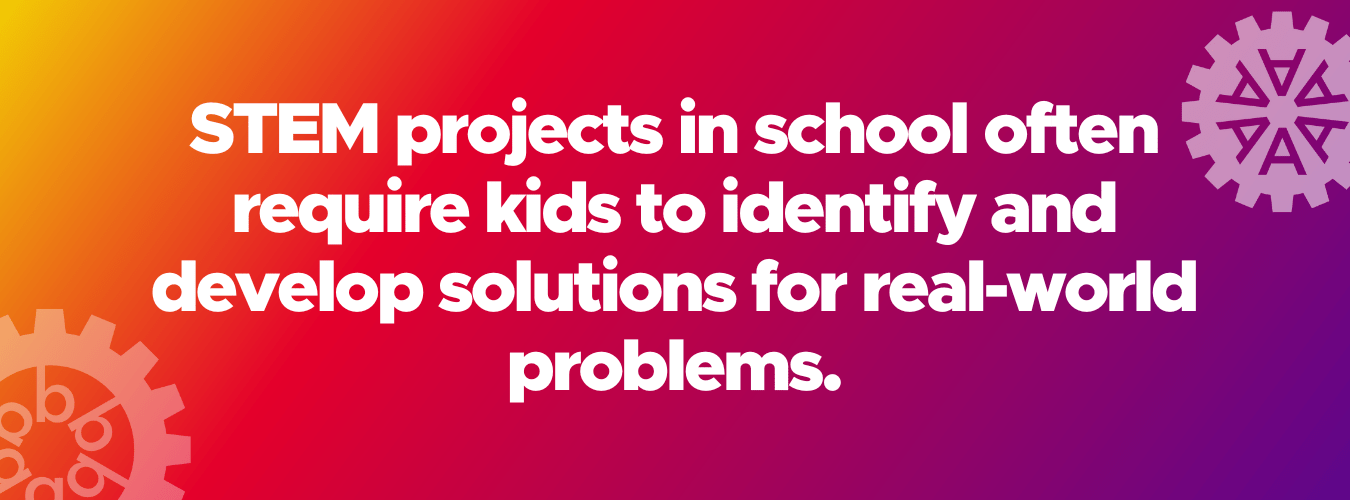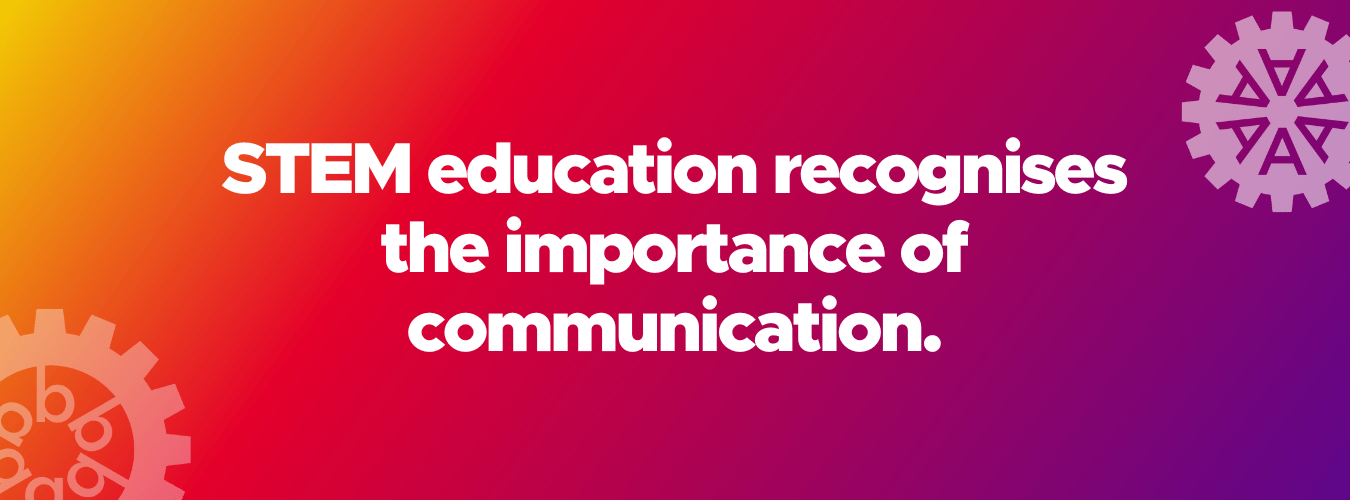Benefits of STEM for Girls

We're all about inclusivity at NumberWorks'nWords, but it's time we chat about why STEM for girls is a must! There has been a growing effort in recent years to encourage girls to pursue STEM pathways, aiming to enhance diversity within the field. Having diversity in this field will transform the landscape of this field and enrich it with different perspectives and experiences.
Interested to do more girls learn about the benefits of STEM education for your child? STEM education for girls, which stands for Science, Technology, Engineering, and Mathematics, is a powerful educational approach that has gender equity and offers numerous benefits for your child's development.
From pushing critical thinking and learning journey fostering innovation to more career opportunities, enhancing cognitive skills and encouraging creativity, STEM education prepares children for success in a changing world.
In this article, we're going to share everything you need to know about the benefits of STEM education for girls everywhere. Unsure what STEM learning means for girls? Check out our What Is STEM? guide to learn more about it.
Is your child struggling to keep up with schoolwork? Are they falling behind? Are they bored in class? Or are you looking for extension work for your child? Check out our eBook to learn more about how we help your child improve academically and build confidence through our in-centre after-school tuition.
Benefits of STEM education for children
1. STEM education pushes critical thinking
STEM education is designed to cultivate critical thinking skills in children. STEM learning encourages them to analyse problems from various angles, evaluate evidence, and develop logical reasoning. By engaging in these STEM skills and activities, children learn how to approach challenges systematically and make informed decisions. This ability to think critically prepares them to tackle complex problems and find innovative solutions, both in and outside of the classroom.

2. Develops innovation and curiosity
STEM students generally have a spark for innovation, and nurturing this curiosity in the younger generation of children is so important. It is crucial to promote an environment that encourages exploration and experimentation, where children are encouraged to ask questions, seek answers, and make discoveries.
If your child is currently lacking in motivation, read our How To Motivate Kids To Study guide to keep that curiosity alive.
Through hands-on activities in maths, science, technology and engineering, children engage with real-world problems, stimulating their curiosity and inspiring a lifelong love for learning. By encouraging children to think creatively and take risks, STEM education fosters an innovative mindset that will serve them well in future endeavours.
3. Encourages innovation
Innovation is at the heart of STEM fields in education. By integrating science, technology, engineering, and mathematics, or STEM, students are exposed to interdisciplinary approaches that promote innovative thinking.
STEM classes and curriculum projects in school often require children to identify and develop solutions for real-world problems, encouraging them to think outside the box and develop creative solutions. Through this process, children learn to embrace challenges, experiment with new ideas, and adapt their thinking to find unique solutions.
And it's no surprise that STEM skills lead to jobs and careers when parents are implementing STEM learning from a young age. Check out our guide for STEM Skills For Jobs Of The Future to see what STEM careers could be in store for your child's future

4. Improves cognitive skills
STEM education pushes students into enhancing their cognitive skills. The interdisciplinary nature of STEM subjects requires children to engage in complex problem-solving, analytical thinking, and logical reasoning.
By engaging in hands-on activities and completing projects together, children strengthen their cognitive abilities, and valuable skills like memory, attention, and spatial reasoning. STEM education equips students and their skills not only to benefit their academic performance in STEM subjects but also to transfer to other areas of their education and beyond.
5. Incorporates hands-on learning
A distinguishing feature of the STEM curriculum is its emphasis on hands-on learning. Children actively participate in projects and experiments, putting theory into practice. This experiential learning approach allows children to understand concepts on a deeper level, as students learn as they engage with materials, manipulate objects, and observe cause-and-effect relationships in real-world applications. Hands-on learning fosters a sense of ownership and instills a lasting understanding of key, STEM skills and concepts.

6. Encourages Creativity
STEM education nurtures creativity in children. It challenges them to think creatively, do new and novel tasks, explore different possibilities, and take risks in their problem-solving endeavours. By encouraging children to question, explore, and experiment, STEM education sparks their curiosity and fuels their desire to learn. This curiosity-driven approach not only fosters a love for learning but also allows children to develop their unique creative abilities.
7. Develops communication skills
Effective communication is a vital skill in the modern world. STEM education recognises the importance of communication and emphasizes developing these skills in children. Through collaborative projects and group work, children learn to express their ideas clearly, actively listen to others, and work together to achieve common goals. This fosters effective communication skills, which are essential for success in both academic and professional settings. If you're looking to bring out your child's confidence more, you might like to check out our 5 Ways To Cultivate Confidence In Children guide to give you some inspiration.

8. Skills for a changing world
In today's fast-paced and ever-changing world, children need to develop skills that are adaptable and relevant. STEM education equips children with these essential skills. By engaging in hands-on activities and collaborative projects, children learn how to adapt to new situations, think critically, and solve problems creatively. What STEM education teaches students also fosters flexibility, adaptability, and resilience – skills that are highly valued in an increasingly dynamic world.
9. Maximizes team collaboration
Collaboration is a key component of STEM education. Working in teams on projects and experiments teaches children the importance of effective collaboration and has role models for cooperation.
Through collaborative learning experiences, children learn to leverage each other's strengths, communicate their ideas, and work together to achieve common goals. This enhances their interpersonal skills, promotes teamwork, encourages students, teaches girls valuable skills and prepares them for future collaborative work environments.
10. Encourages independent exploration of subject matter
STEM education encourages children to explore and take ownership of their learning. It promotes independent thinking and inquiry-based approaches, where children at a young age are encouraged to ask questions, conduct research, and seek answers. By fostering independent exploration, STEM education develops children's self-directed learning skills and encourages them to take initiative in their education.
11. Enhances socio-emotional learning
STEM education not only focuses on academic skills but also enhances socio-emotional learning. Through teamwork, collaboration, and problem-solving, children develop essential social skills such as empathy, respect, and effective communication. They learn to navigate conflicts, work with diverse perspectives, and develop a sense of social responsibility.
If your child suffers from anxiety when they are put into a teamwork environment, find out more women how we normalise anxiety at NumberWorks'nWords.
Meanwhile, STEM education provides young girls, and girls in STEM, with a holistic learning experience that prepares children not just for academic success but also for their personal and social growth.

12. Encourages the use of technology
Technology is an integral part of STEM education. By incorporating technological tools and resources, children develop technology literacy, which is essential in the modern world. STEM education exposes children to coding, robotics, computer-aided design, and other technological applications.

This familiarity with technology equips children with the necessary skills to navigate a technology-driven society and opens doors to future educational and career prospects and opportunities in emerging fields.
With so many reasons for the benefits of STEM education, if you're interested to help your child's education, check out our maths & English tutoring services all over the UK by finding a tutor near your hometown with Numberworks'nWords.




